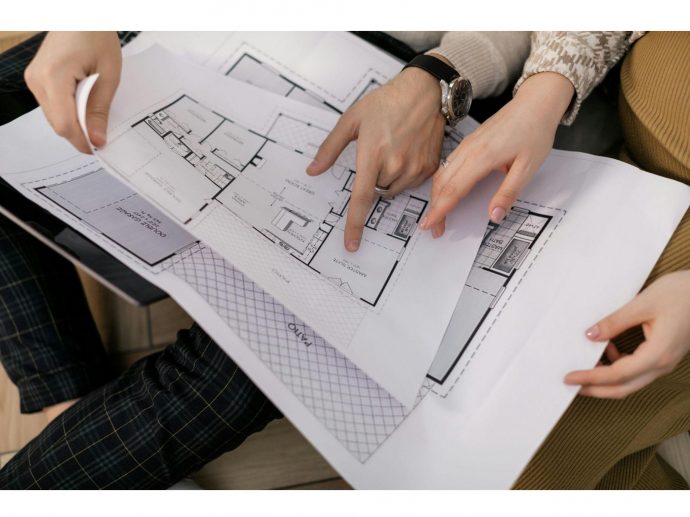Categories more
- Adventures (17)
- Arts / Collectables (15)
- Automotive (37)
- Aviation (11)
- Bath, Body, & Health (77)
- Children (6)
- Cigars / Spirits (32)
- Cuisine (16)
- Design/Architecture (22)
- Electronics (13)
- Entertainment (4)
- Event Planning (5)
- Fashion (46)
- Finance (9)
- Gifts / Misc (6)
- Home Decor (45)
- Jewelry (41)
- Pets (3)
- Philanthropy (1)
- Real Estate (16)
- Services (23)
- Sports / Golf (14)
- Vacation / Travel (60)
- Watches / Pens (15)
- Wines / Vines (24)
- Yachting / Boating (17)
Blunders To Avoid When Building Your Own Home Sign in
Published
11/09/2025Many of us dream of building our own home, and it can be very exciting to turn that dream into a reality. But as many self-build adventurers soon realise, it’s also a massive undertaking in which many details can be easily missed. Such oversights could be expensive and could greatly delay construction. So that your self-build project goes smoothly, make sure to avoid these big blunders.
Rushing into it without expert input
Diving headfirst into construction without consulting any expert will only end in headaches. Unless you are an architect yourself, always hire professionals to help you with the design phase so that you can turn your vision into a feasible blueprint. Failing to hire architects could result in you coming up with impractical layouts or forgetting vital safety features.
Ignoring regulatory hurdles
Speaking of safety, there are many building codes that need to be met when designing a home - if you don’t meet these building requirements, you could be fined or your home could be ordered to be demolished. Similarly, you need to make sure that you get full planning approval from local authorities. In fact, if you’re buying land to build your home on, it’s best to seek out planning approval before you purchase the land - some plots may not be possible to develop on due to nature conservation or neighbor privacy rights.
Making impulsive alterations
It’s tempting to tweak things as you go, but you need to be careful that these last minute adjustments don’t derail your entire project. Sometimes even a small change like moving a wall or installing an extra window can greatly push up costs and cause delays. You don’t want to run out of money because of alterations, or end up going way past your initial deadline. By getting the design right from the start and sticking with it, you can help the building process to go smoothly.
Having no contingency fund
Sometimes problems can occur that are out of your control. This could include bad weather or material price hikes. Having a contingency fund set aside is recommended so that you can still afford to finish construction even if something goes wrong. When creating a budget, allow 10 to 20% of it for surprise costs so that you’re financially prepared for the worst. Other solutions like self-build insurance are also worth exploring.
Failing to account for future lifestyle needs
Many people design a self-build with the intention of it being a forever home, but they don’t think about their future lifestyle needs. A home needs to be able to evolve with you - if you’re still quite young and think you may have kids one day, set aside space for these kids. If you’re approaching retirement, think about how future mobility issues could be a risk and how you can design a home that’s easy to get around. This can prevent you having to make improvements later or having to reluctantly move out because the home no longer fits your lifestyle.















